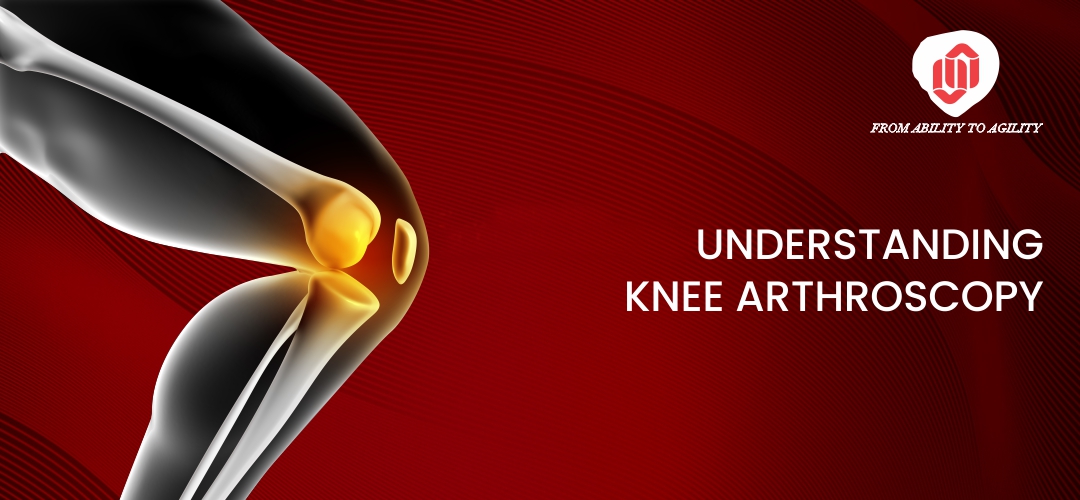Knee arthroscopy, a revolutionary surgical procedure, has emerged as a transformative approach to inspect and treat the internal structures of the knee joint. Unlike traditional open knee surgery, knee arthroscopy employs a minimally invasive keyhole technique, reducing surgery duration and the risk of infections. In this blog, we delve into the definition, process, and clinical indications of knee arthroscopy to shed light on its significance in orthopedic medicine.
DEFINING KNEE ARTHROSCOPY:
Knee arthroscopy is a surgical intervention utilizing an arthroscope, a slender tube equipped with a camera and fiber optics, to visualize and treat the interior of the knee joint. This modern approach contrasts with conventional open knee surgery, involving a sizeable incision, making it an appealing option due to its reduced surgical time and lower infection risk.
THE SURGICAL PROCESS:
Typically performed under general anesthesia, loco-regional anesthesia, or epidural anesthesia, knee arthroscopy requires three entry points. The arthroscope, functioning as a miniature camera, is inserted through the first entry point, while the other two allow the introduction of small instruments for repairing, cutting, or removing segments within the knee. The procedure lasts approximately 30 minutes for diagnostic exploration or meniscal injuries and up to 2 hours for ligament injuries.
CLINICAL INDICATIONS:
Knee arthroscopy serves as a diagnostic and therapeutic tool, enabling orthopedic surgeons to assess the integrity of the knee joint and take direct action when necessary. Specific clinical indications include:
1. Meniscal Tears: The surgeon addresses torn menisci by removing obstructive fragments, facilitating the restoration of proper knee function. In cases of injuries, direct repair of the torn cartilage may be undertaken.
2. Cruciate Ligament Tears: When the cruciate ligament is torn, the surgeon may replace it with a tendon, performing a stabilizing role between the femur and the tibia.
3. Cartilage Irregularities: Irregularities or cracks in the knee cartilage can be rectified by the surgeon, who removes the damaged portion of the meniscus to restore the joint’s smooth functioning.
CONCLUSION:
Knee arthroscopy has become a game-changer in orthopedic surgery, offering patients a minimally invasive alternative to traditional open knee procedures. The procedure’s effectiveness in diagnosing and treating various knee conditions, coupled with its reduced surgical time and postoperative discomfort, positions knee arthroscopy as a leading choice for those seeking relief from knee-related issues. As technology continues to advance, the future of knee arthroscopy looks promising, promising enhanced precision and quicker recovery times for patients.
